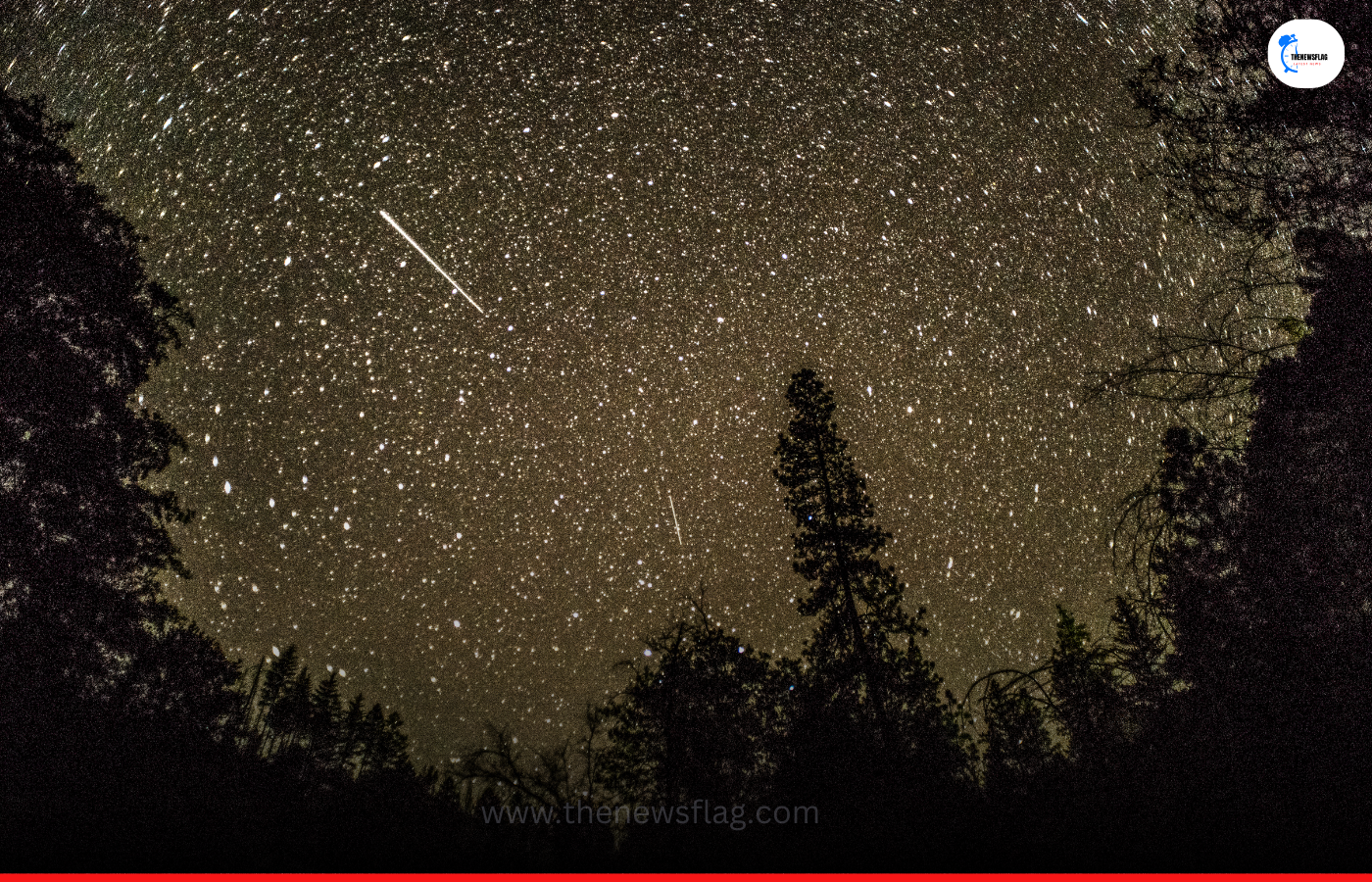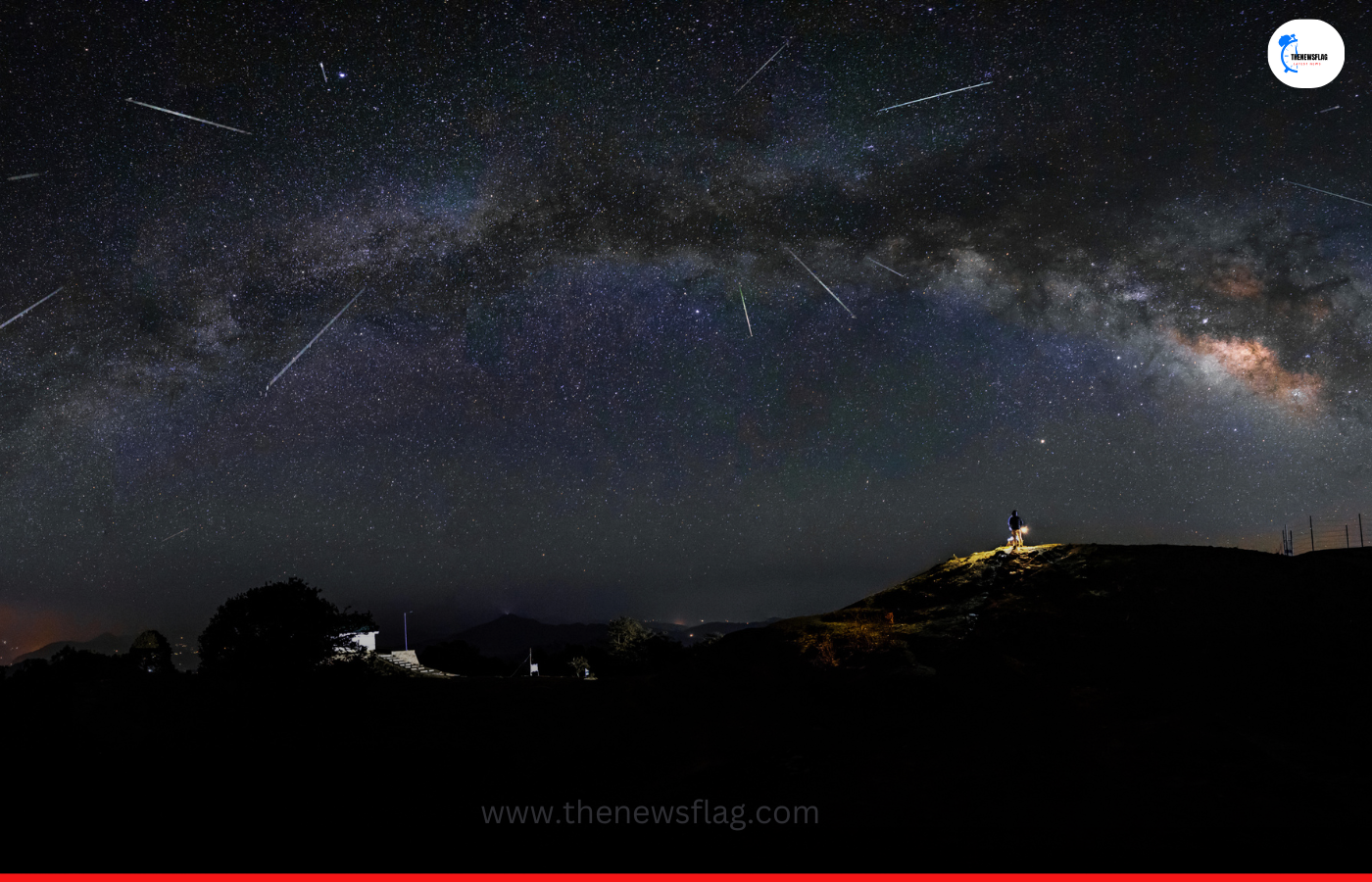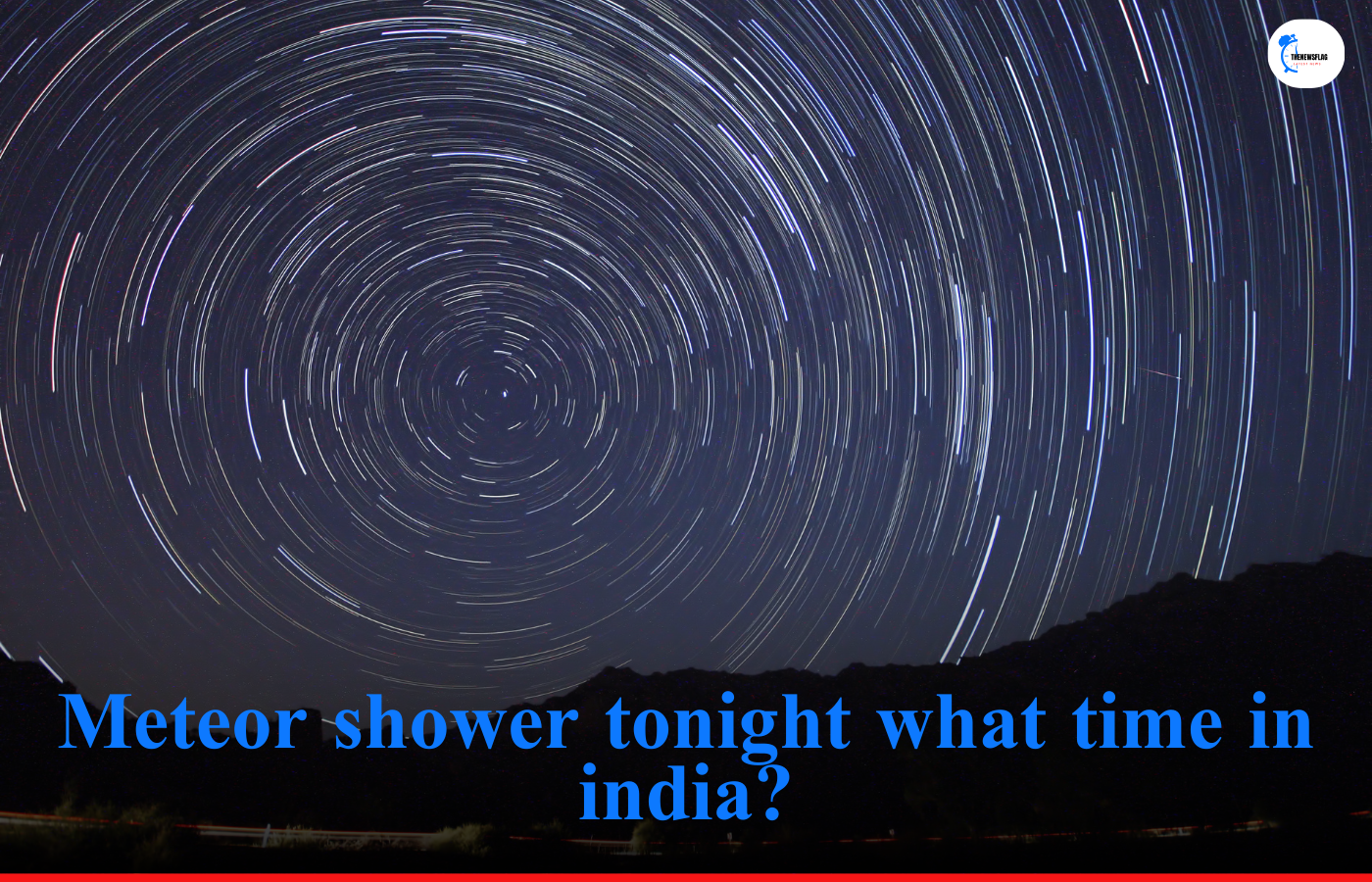Eta Meteor Shower India 5 May 2024: The Eta Meteor Shower is expected to be on its peak on 5th to 6th May 2024 with expected 10-30 meteors per hour in the southern hemisphere. This meteor shower is associated with the debris of Halley’s Comet.
The Eta Aquarid meteor shower radiant, the point in the sky where the meteors seem to emerge from, is in the direction of the constellation Aquarius. However, it’s important to note that meteors can appear in any part of the sky, not just near the radiant.
So, make sure to move your gaze around to nearby constellations.
View this post on Instagram
Eta Meteor Shower India 5 May 2024
The table below is updated daily when the Eta Aquarids India are active and shows the position of the radiant in the sky for the upcoming night. The Eta Aquarids will be active starting 19 Apr 2024 and most expected on 5 May 2024 at night. Use the date drop-down above the Interactive Meteor Shower Sky Map to change dates.
| Eta Aquarids meteor shower for India (Night between 5 May and 6 May) | ||
|---|---|---|
| Time | Azimuth/Direction | Altitude |
| Mon 02:00 | 91° |
1.1° |
| Mon 03:00 | 99° |
13.7° |
| Mon 04:00 | 108° |
26.4° |
| Mon 05:00 | 118° |
38.3° |
| Mon 06:00 | 133° |
48.9° |
How to See the Eta Aquarids Meteor shower in India?

Eta Meteor Shower India 5 May 2024: You don’t need any special equipment or a lot of skills to view a meteor shower. Even though all you really need is a clear sky, lots of patience, and our handy Interactive Meteor Shower Sky Map with a visibility conditions meter to see a meteor shower, the following tips can help maximize your shooting star viewing experience.
- Find a secluded viewing spot, away from the city lights. Once at the venue, your eyes may take 15 to 20 minutes to get used to the dark.
- Dress for the weather, and make sure you are comfortable, especially if you plan to stay out long. Bring a blanket or a comfortable chair with you—meteor watching can be a waiting game.
- Once you have found your viewing spot, lie down on the ground and look at the sky. You can use our Interactive Meteor Shower Sky Map or the table above to find the direction of the radiant; the higher the radiant is above the horizon, the more meteors you are likely to see.
- Meteor showers appear to originate from the radiant, but meteors can appear in any part of the sky.

What would happen to the human race if Halley’s comet hit the Earth?
Halleys Comet is a dirty snowball some 16 x 8 x 8 km in size, a mean diameter of 11 km and will probably come tearing down to earth at some unholy speed close to 70 km/s which was its relative orbital velocity last time it came close to Earth. Lets assume a 45 degree angle and a hit onto land, not that it will matter that much with something this big.
You’ll end up with a initial crater around 33 km deep and 89 km wide. The fireball goes out to 238 km. A magnitude 10 earthquake, stronger than anything humanity has ever recorded rocks the area. The final crater, after the rim has collapsed shallowing it out but expanding it dramatically would be only 1.3 km deep but around 160 km wide.
I think the UK is mildly screwed in the above image. This is the crater if it where dropped right ontop of Big Ben in London.
The damage isn’t contained there however, out past 1000 km from the impact clothes, people, trees, plywood all ignite, then get flattened by a shockwave that tears buildings apart and smashes trees. Across the pond in America over 6000 km away windows will shatter from the air blast and they’ll feel the ground shake, a little while later they’ll get a dusting of ejecta that had been sent into ballistic trajectories across the planet, coming to a depth of about 2mm. The Megatsunami is going to be a whole lot of fun too.
We’ll have a pretty good nuclear winter following it all, probably a mass extinction from all the dust in the atmosphere. Most of Europe has simply ceased to exist in any meaningful way.

Full moons in 2024
Each month’s full moon is associated with a specific name, according to the Farmers’ Almanac. But the full moons have a variety of names and meanings, according to different Indigenous tribes.
May 23: Flower moon
June 21: Strawberry moon
July 21: Buck moon
August 19: Sturgeon moon
September 17: Harvest moon
October 17: Hunter’s moon
November 15: Beaver moon
December 15: Cold moon
Which direction should I look for the Geminid meteor shower?
Eta Meteor Shower India 5 May 2024: You should concentrate on the darkest part of your sky, not necessarily at the constellation Gemini.. Meteors considered to be Geminids (as with all showers}can appear anywhere in the sky, but if their trails are extended well past their visible paths, will converge on Gemini. The best chance of seeing dim meteors will be where the sky is darkest. Don’t ignore other parts of the sky, just keep going back to the darkest parts. And be patient.
Why don’t we see the meteors rise towards the sky from the horizon?
The simple answer is that yes, indeed, they can rise from the horizon. It all depends on the radiant point of the meteoroids and its orientation in the sky to the Earth observer. Since the radiant point would have have to be near or below the horizon for one to have view of them moving upwards, most of the observable meteors would be hidden and the angle of entry in the atmosphere to the observer would reduce the probability. Additionally, most people don’t see them in populated areas because the light pollution is brighter at the horizon — with most observers are looking up to zenith to get better, darker views. Larger Earth grazing meteors can travel from horizon to horizon if they’re large enough (something I saw once many years ago).
How do Perseid meteor showers occur?
Eta Meteor Shower India 5 May 2024: A meteor shower is nothing but stellar debris left in the wake of a comet. After the comet passes by a celestial body, the body is subjected to debris blitzed from the comet’s tail. The particles can include rock particles, ice or interstellar dust( If you are unsure about a comet, it is a mass of space junk flying in and around space with a glowing tail, in lay man’s terms).
Perseid Meteor showers follow the advent of the Comet Swift-Tuttle , which passes through earth once in every 133 years! They seem to arise from the constellation Perseus and are a magnanimous spattering of particles included in the debris trail of the comet.





